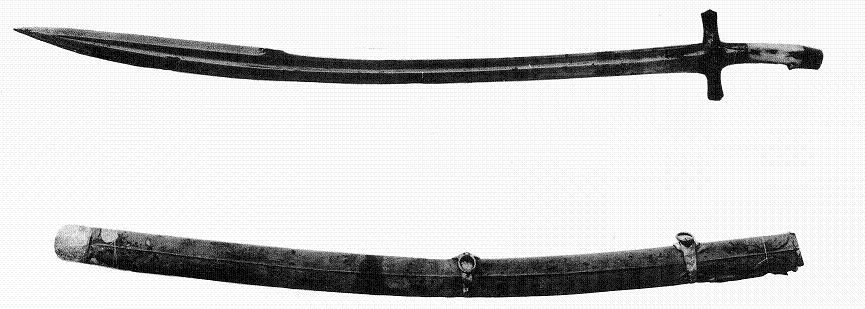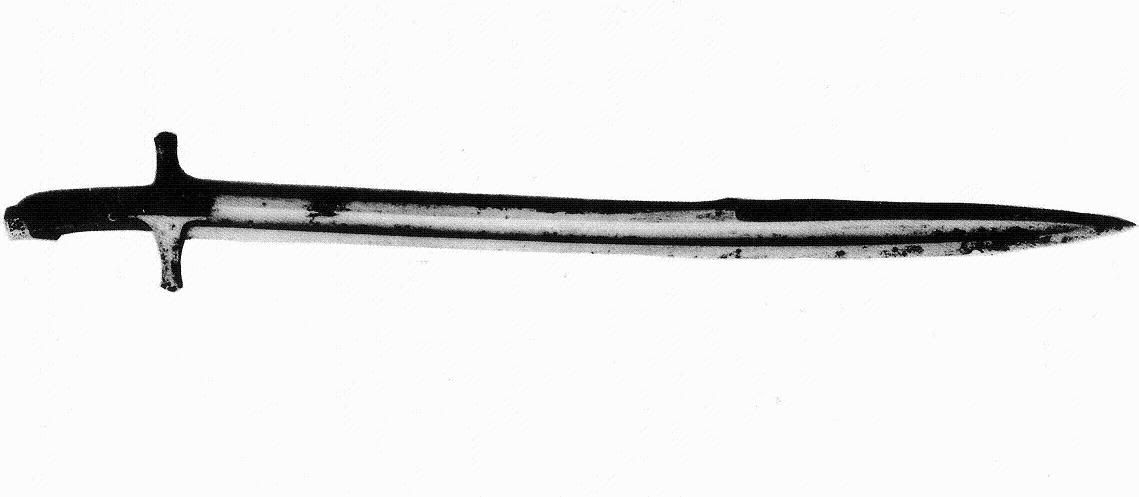
 |
|
|
#5 | |
|
Member
Join Date: Mar 2007
Location: California
Posts: 7
|
Quote:
As to the issue of the sword I mentioned supposedly dating from the 13th century, it would certainly support your case, were it 13th century, but I don't think it is at all. I think that sword is most probably 15th century. Besides which, it has practically no yelman at all, merely a sharpened false edge. To say that the pala of the 18th century stemmed from the 13th century Mamluks is completely wrong. Finally, your initial supposition was that the kilic with a yelman came to the Turks in the 17th century. That statement is fallacious. I don't think there's a kilic in Yucel's book from the 15th or 16th centuries that doesn't have a very pronounced Yelman. To back up my position, here are some kilics that date to the 15th and 16th centuries according to Yucel: My personal favorite, the kilic of Bayezid-i-sani and so is late 15th or early 16th century:  Kilic of Fatih Sultan Mehmet, and therefore 15th century:  Kilic with no attribution, considered to be late 15th century:  Kilic from the 15th century, no indication as to early or late:  Kilic from the 15th century, no indication as to early or late:  So, given that evidence, it would seem clear to me that the kilic with the yelman began springing up in the Mamluk Sultanate at the same time as the Ottoman Empire. With the exception of the lone curved sword Yucel dates to the 13th century, there is absolutely no evidence that the Mamluks developed the kilic, or that they were the first to come up with a yelman. Furthermore, such a theory wouldn't make much sense, as the Mamluks themselves came from many of the same Turkic regions where the Ottomans had lived before moving to Anatolia. Therefore, they would have access to the same weapons technology from that region. |
|
|
|

|
|
|